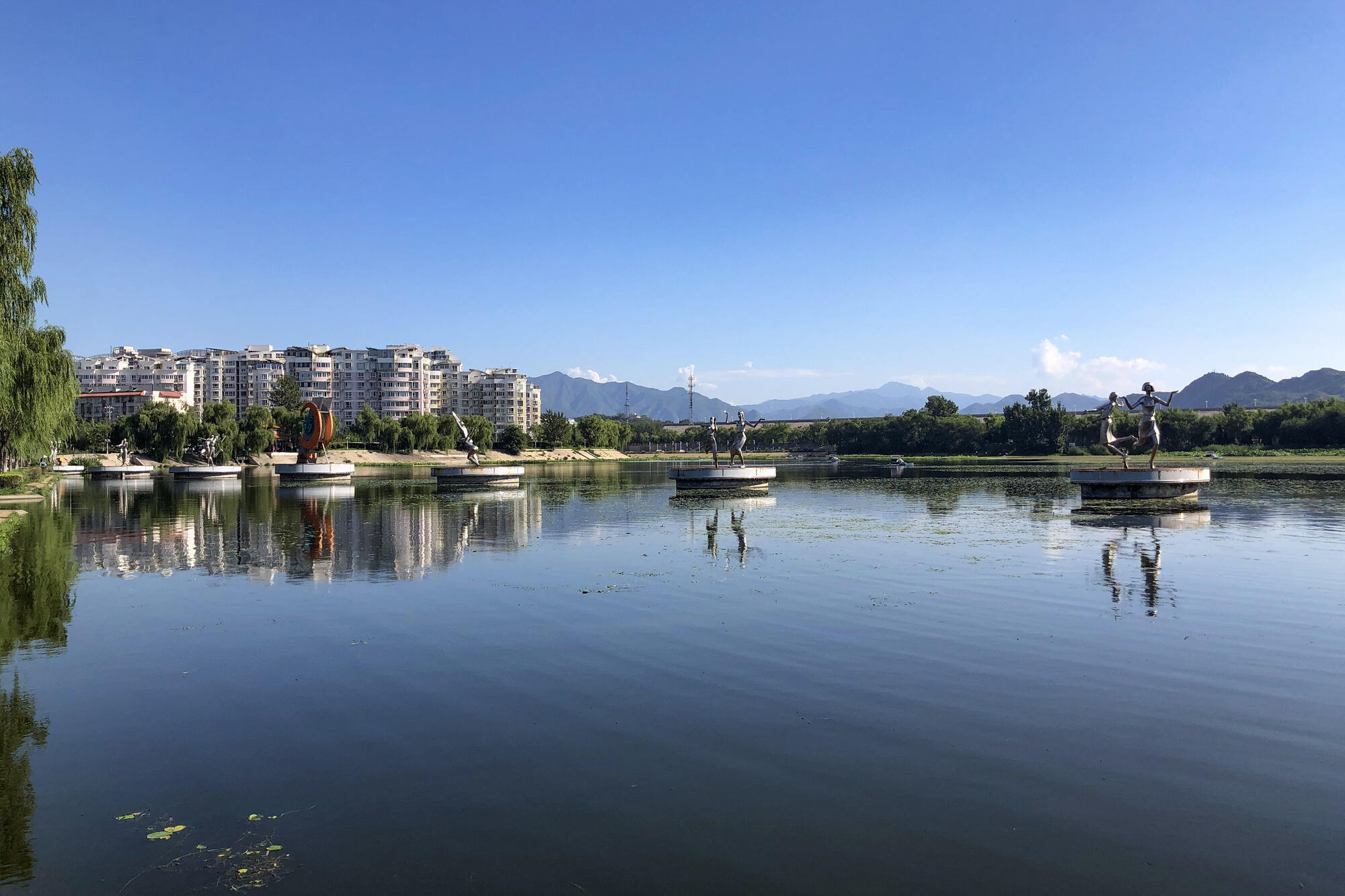
Where is the Huai River located? The Huai River flows through the heart of China, nestled between the Yellow River to the north and the Yangtze River to the south. This river stretches across several provinces, including Henan, Anhui, and Jiangsu. Known for its historical significance, the Huai River has been a vital waterway for centuries, supporting agriculture and transportation. However, it also faces challenges like flooding and pollution. Understanding the Huai River's location and its role in Chinese history can provide insight into the region's culture and development. Ready to learn more about this fascinating river? Let's dive in!
Key Takeaways:
- The Huai River: A Historical and Cultural Landmark The Huai River has shaped China's history and culture, serving as a boundary, inspiring art, and supporting agriculture. It faces environmental challenges but remains a vital resource.
- Balancing Development and Conservation Along the Huai River Modern developments have transformed the Huai River region, bringing opportunities and challenges. Efforts to manage climate change, pollution, and urbanization are crucial for its sustainable future.
The Huai River: A Historical Overview
The Huai River, one of China's major waterways, has a rich history. It has played a significant role in shaping the culture and economy of the regions it flows through.
- The Huai River is approximately 1,078 kilometers (670 miles) long.
- It serves as a natural boundary between northern and southern China.
- Historically, the river was a major transportation route during ancient times.
- The river's name, "Huai," is derived from the ancient Chinese word for "locust tree."
Geographical Significance of the Huai River
The Huai River's geographical features make it unique. Its location and characteristics have influenced the surrounding environment and human activities.
- The river originates in the Tongbai Mountains in Henan Province.
- It flows through four provinces: Henan, Anhui, Jiangsu, and Shandong.
- The Huai River basin covers an area of about 270,000 square kilometers.
- It eventually empties into the Yangtze River via the Hongze Lake.
The Huai River's Impact on Agriculture
Agriculture in the Huai River basin has thrived due to the river's fertile plains and abundant water supply. This has made the region one of China's key agricultural areas.
- The river's basin is known for its rice and wheat production.
- Irrigation from the Huai River supports millions of hectares of farmland.
- The region also produces significant amounts of cotton and soybeans.
- Fish farming is a common practice along the river, contributing to local diets and economies.
Environmental Challenges Facing the Huai River
Despite its importance, the Huai River faces several environmental challenges. Pollution and flooding are major issues that affect both the river and the communities relying on it.
- Industrial waste has significantly polluted the river over the years.
- Agricultural runoff contributes to water quality degradation.
- The river has experienced severe flooding, particularly during the rainy season.
- Efforts are ongoing to clean and restore the river's health.
Cultural and Social Importance of the Huai River
The Huai River is not just a physical landmark; it holds cultural and social significance for the people living along its banks.
- The river is mentioned in many ancient Chinese poems and literature.
- It has been the site of numerous historical battles and events.
- Festivals and rituals are often held to honor the river and its importance.
- The river has inspired various forms of traditional Chinese art and music.
Modern Developments and the Huai River
In recent years, modern developments have transformed the Huai River region. Infrastructure projects and urbanization have brought both opportunities and challenges.
- Several dams and reservoirs have been built along the river for flood control and irrigation.
- The Huai River Economic Belt is a major development initiative aimed at boosting regional growth.
- Urbanization has led to the expansion of cities along the river, such as Bengbu and Huainan.
- Efforts are being made to balance development with environmental conservation.
The Future of the Huai River
Looking ahead, the future of the Huai River depends on sustainable management and continued efforts to address environmental issues.
- Climate change poses new challenges for the river's ecosystem and water management.
- Innovative technologies are being explored to improve water quality and reduce pollution.
- Community involvement is crucial for the success of conservation efforts.
- The Huai River remains a vital resource for millions of people, underscoring the need for its protection and sustainable use.
Final Look at the Huai River
The Huai River stands as a testament to China's rich history and natural beauty. Flowing through several provinces, it has shaped the lives of countless communities. From its role in ancient irrigation systems to its modern-day significance in agriculture and industry, the Huai River remains a vital lifeline. Despite challenges like flooding and pollution, efforts to preserve and restore this waterway continue. Understanding the Huai River's past and present helps appreciate its importance in Chinese culture and economy. Whether you're a history buff, nature lover, or just curious, the Huai River offers a fascinating glimpse into the heart of China. So next time you hear about this mighty river, you'll know it's more than just water flowing through the land; it's a source of life, history, and inspiration.
Frequently Asked Questions
Was this page helpful?
Our commitment to delivering trustworthy and engaging content is at the heart of what we do. Each fact on our site is contributed by real users like you, bringing a wealth of diverse insights and information. To ensure the highest standards of accuracy and reliability, our dedicated editors meticulously review each submission. This process guarantees that the facts we share are not only fascinating but also credible. Trust in our commitment to quality and authenticity as you explore and learn with us.
